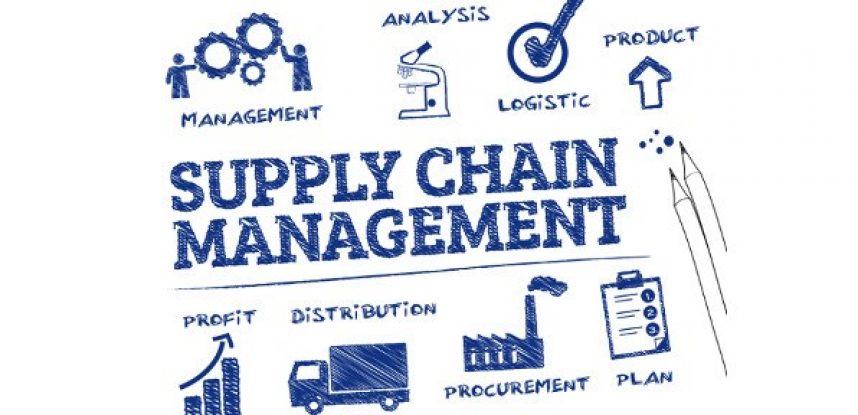What Happens When IVs Dry Up: Interruptions in the Saline Supply Chain
Saline isn’t one of the products that most people tend to think about in terms of supply and demand. It has become almost universal in the medical world—especially if you stop to consider how often you see it adorning the background of hospital scenes in film and TV. In addition to being thought of as “just salt water,” saline is transparent and practically ubiquitous. However, we only seem to need it when we’re dehydrated, sick, or seeking medical attention.
Because we don’t generally think about medical-grade saline, some of the behind-the-scenes work might surprise us. For example, it takes upwards of thirty discrete steps to manufacture a single bag of saline. Those thirty steps stretch out, on average, over three weeks of time. And we are currently experiencing a severe shortageof this lifesaving “salt water.”
Hospitals and medical centers are already feeling the pinch. Smaller bags are being used to service patients, and those same patients are being transitioned off IVs and over to small sipping cups of water sooner than ever before. More importantly, many surgical procedures require this life-preserving compound and are being delayed while supplies are sought out. The supply chain, to put it succinctly, has dried up.
The shortage, it seems, can be traced back to a perfect storm of problems. Unseasonably cold weather created backorders as Midwest cross-country shipments were delayed. The unexpectedly severe cold season also resulted in the need to dispense more dehydration-fighting saline than has been needed in years. And though producers claim that it had no impact on the shortage, they were forced to recall several batches due to a range of problems, from contaminated containers to leaky bags. Today, pharmaceutical companies won’t be caught up on backorders until mid-2015. While US suppliers are faced with safety regulations that slow down the production process, suppliers from foreign production sites, such as Spain and Norway, are being approved by the FDA.
The impact of this shortage is unlikely to be more severe than delayed procedures, enhanced costs, and a change in local dispensing methods. However, no one wants to face the reality of managing a vulnerable product when unexpected circumstances break a link in the chain. A proactive plan is the only way to be sure you are covered when a crisis occurs. You can’t count on good luck to deal with bad fortune: that’s why it is never too soon to plan for the future of the products you need.
The GDCA Team




